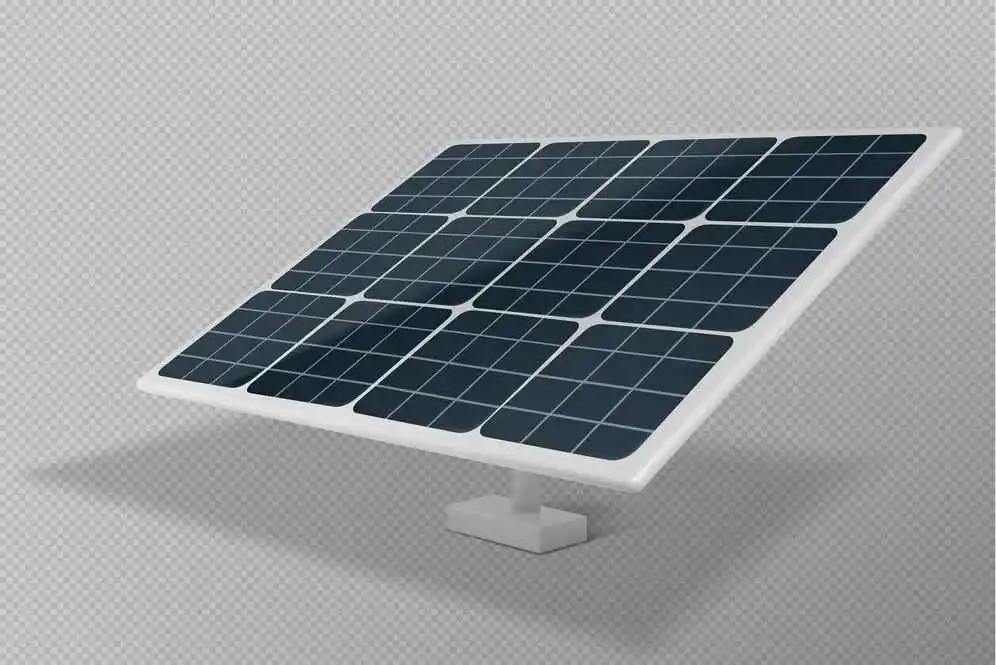In a world where natural resources are depleting at an alarming rate, the need for sustainable and efficient sources of energy has become imperative. The XCV Panel, an innovative technology, has emerged as a game-changer in the United States. This article will delve into the features, applications, benefits, and alternatives, and provide an installation guide for the XCV Panel, shedding light on this remarkable invention.
What is the XCV Panel?
The XCV Panel, short for “Extremely Conductive and Versatile Panel,” is a type of solar panel designed to harness the power of sunlight efficiently. It consists of small photoelectric cells interconnected to form a complete panel. These solar panels are designed to convert sunlight into electricity, making them an eco-friendly alternative to traditional energy sources.
How does the XCV Panel work?
The functionality of XCV Panels is rooted in their highly conductive materials, which enable them to capture light efficiently. When exposed to sunlight, these conducting materials absorb photons, initiating the conversion of light energy into electrical energy. The photocells within the XCV Panels then transform these photons into electric electrons, which traverse through the panels and are directed toward a battery. In the battery, the electricity is stored as an alternate current, ready for use in powering various devices.
Benefits of XCV Panel over traditional solar panels
The XCV Panel boasts several advantages over traditional solar panels, making it a preferred choice for many consumers:
1. Enhanced Efficiency
XCV Panels are renowned for their superior efficiency in converting sunlight into electricity compared to traditional solar panels. This enhanced efficiency ensures that more energy is generated from the same amount of sunlight, making them a cost-effective option.
2. Lightweight Design
XCV Panels are significantly lighter than their traditional counterparts, making them easier to transport, handle, and install. This lightweight design contributes to their overall versatility and suitability for various applications.
3. Extended Warranty
One of the standout features of XCV Panels is their extended warranty. With a lifespan of up to 25 years, XCV Panels provide long-term energy solutions, reducing the need for frequent replacements and maintenance.
4. Easy Installation
Installing XCV Panels is a straightforward process, and they are more user-friendly than traditional solar panels. Their flexible design and ease of installation make them accessible to a wider range of consumers.
5. Aesthetically Pleasing
XCV Panels feature an elegant design and geometry, making them an attractive addition to any setting. Their aesthetic appeal makes them an ideal choice for both residential and commercial use.
6. Versatile Applications
XCV Panels find applications in various sectors:
Applications of XCV Panel
– Home Power Generation
XCV Panels are commonly used in residential settings to meet electricity needs. By converting sunlight into electric energy, these panels power household appliances and machinery, reducing energy bills and environmental impact.
Commercial Buildings
Installing XCV Panels on the rooftops of commercial buildings is a strategic move to provide electricity to residents and businesses within the structure. This innovative approach to energy generation benefits both property owners and tenants.
Industrial Use
Industries rely on XCV Panels to power satellites and space stations, ensuring a sustainable and long-term energy source for critical operations in outer space.
Transportation
XCV Panels are also making their mark in the transportation sector, particularly in electric vehicles. These panels serve as an additional power source, recharging the vehicle’s battery and extending its range.
Main Types of XCV Panels
There are three primary types of XCV Panels:
1. Single Crystal XCV Panels
This type of XCV Panel features a single silicon crystal, making it the most efficient option. Its superior energy conversion capabilities make it a top choice for those seeking maximum efficiency.
2. Multi-Crystal XCV Panels
Multi-crystal XCV Panels consist of multiple silicon crystals, which slightly reduces their efficiency compared to the single crystal variety. However, they remain a viable and cost-effective choice.
3. Thin-Layer Semiconductor XCV Panels
The third type of XCV Panels is the thin-layer semiconductor variant. While these panels are more affordable, they are less efficient than the other types due to their thinner semiconductor layer.
In conclusion,
The XCV Panel is a revolutionary technology that offers a sustainable solution to the growing energy demands of our modern world. Its efficiency, durability, and versatility make it a standout choice for both residential and commercial applications. As we strive to reduce our dependence on finite natural resources, the XCV Panel stands as a beacon of hope, harnessing the power of the sun to create a brighter and more sustainable future.
FAQs
What is the lifespan of an XCV Panel?
XCV Panels typically come with a 25-year warranty, ensuring longevity and reliability.
Can XCV Panels be used in cloudy or overcast weather?
While XCV Panels are most efficient in direct sunlight, they can still generate electricity on cloudy days, albeit at a reduced capacity.
Are XCV Panels suitable for all types of buildings?
Yes, XCV Panels are versatile and can be installed on various types of buildings, including residential, commercial, and industrial structures.
How do XCV Panels compare to traditional fossil fuels in terms of environmental impact?
XCV Panels have a significantly lower environmental impact as they rely on renewable solar energy, reducing greenhouse gas emissions and environmental harm.
Can XCV Panels be integrated into an existing solar panel system?
Yes, XCV Panels can be integrated with existing solar panel systems to enhance energy generation and efficiency.
